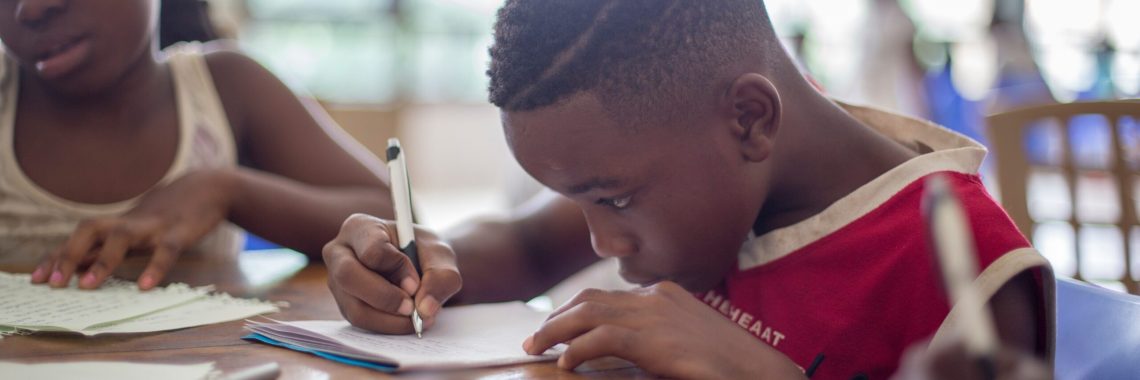TLDR: What Is Scaffolding?
Scaffolding is the practice of providing instructional support for beginning learners. Instructors use scaffolding by breaking complex tasks down into smaller, more manageable chunks or by providing tools to make a task easier. Examples of scaffolding include sample worked problems in a math lesson, word banks on a vocabulary worksheet, and graphic organizers for taking…










